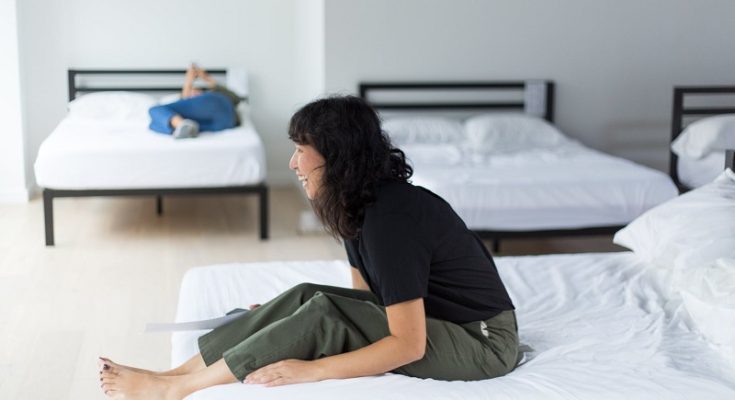One of the most important purchases you can make for your house is a mattress. After all, nothing is more important than a soft, supportive mattress on which to sleep well. However, this choice may feel daunting due to the abundance of options shown to you when you go shopping. It’s easy to get mentally and physically weary by the procedure, what with all the different sizes and characteristics to consider and the marketing jargon to learn.
As luck would have it, the Good Housekeeping Institute’s Textiles Lab conducts extensive study and testing to identify which mattresses are best for different kinds of sleepers. We investigate the manufacturers and specifications, have professionals and regular folks try out the beds, and conduct in-depth questionnaires on the types already in circulation among our panel of testers to get their impressions after living with them for some time. We’ve tried and tested so many mattresses over the years that we can confidently tell you how to get the best one for you. There are a few things to bear in mind before you dive in: The best mattress doesn’t exist since everyone has different needs. When you shop, it’s important to keep your own needs in mind.
When choosing a mattress, what factors should you take into account most?
Your spine maintains its normal curve while you sleep. In my opinion, this is the primary advantage. The mattress that is most suited to your needs will depend on factors such as your prefered sleeping position, body shape, and personal preferences regarding the feel and materials. Consider your budget, the space you have available, how long it will last, and any sleep issues you have (whether you sleep hot, have back pain, or are often woken up by your bed partner). Each of these, and many more, will be discussed in depth to help you make an informed choice. As you choose the mattress with different firmness on each side you can expect the best returns.
Numerous varieties of sleep surfaces
Memory foam and innerspring mattresses continue to dominate the market, but other designs are becoming more common to provide consumers additional choices. Within each kind of mattress, shoppers may still find a plethora of options in terms of both firmness and price. Use our mattress buying guide to narrow down your options:
Reminiscence foam
Mattresses constructed of memory foam are great for relieving pressure because they mould to your body and distribute your weight evenly throughout the surface. Foam mattress sleepers have reported feeling “cradled” by the mattress. These mattresses are ideal for side sleepers and persons with back pain since they promote a healthier posture while you sleep by reducing strain on your shoulders and hips. They help isolate motion, too, so you won’t be as bothered by your partner’s rustlings throughout the night.
Conclusion
Many mattresses have many layers, with the bottom layer being a thicker foam for durability and support and the upper layer being a softer foam for comfort. One of the drawbacks of memory foam is that it has a stronger propensity to retain heat, even though many companies now have built-in cooling systems to prevent goods from overheating.




